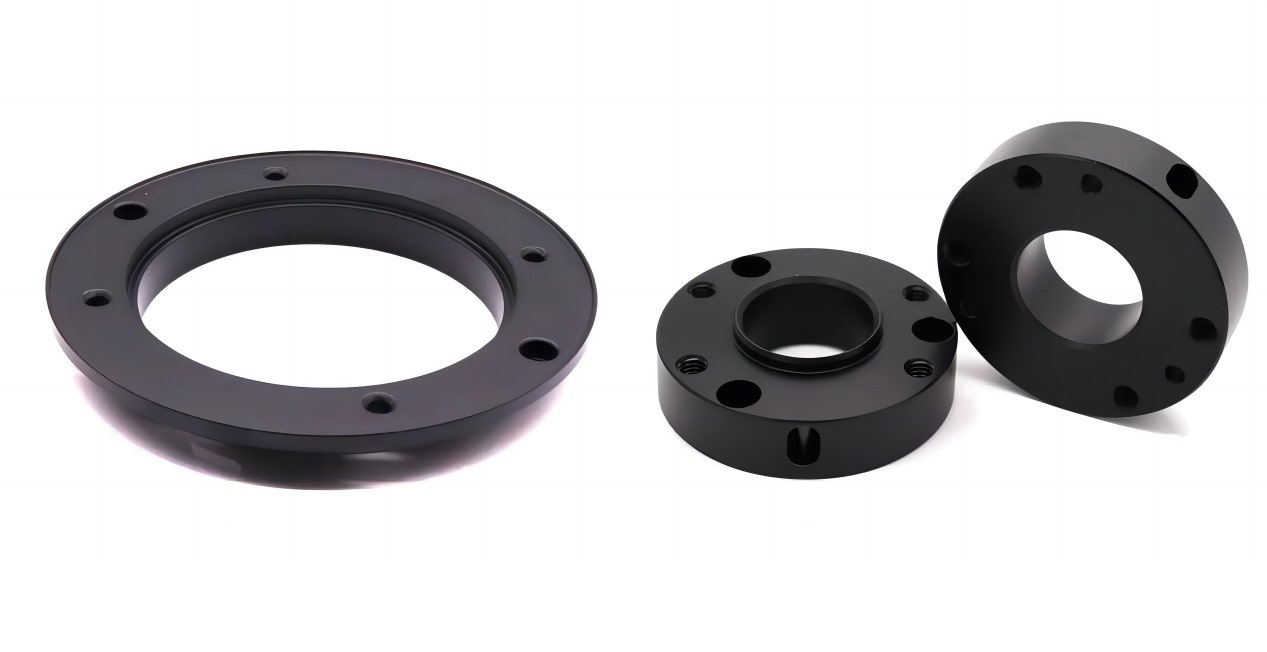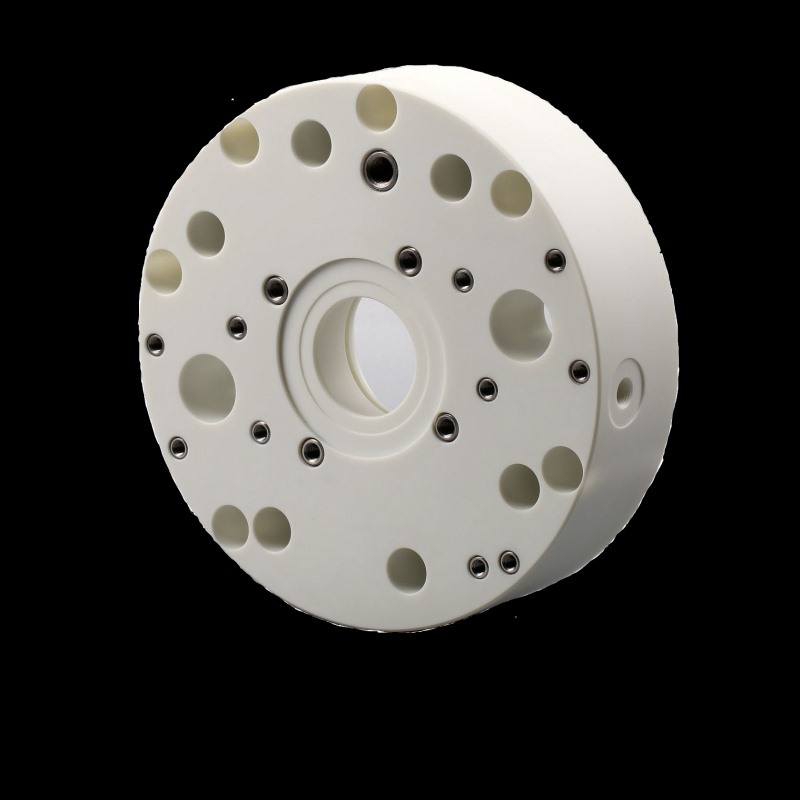PTFE Machining: Material Definition and Uses
The rigid polymer chain structure of PTFE makes it extremely difficult to process by traditional methods such as injection and extrusion, 3D printing, etc. The best process to handle this material is CNC machining service.
Shenzhen Tuofa latest machining guide outlines PTFE machining definitions and uses, and provides a comprehensive understanding of PTFE materials that will hopefully help make your custom projects easier.
What is PTFE
Polytetrafluoroethylene (PTFE) is a thermoplastic, abbreviated as PTFE, invented by DuPont in 1936 and registered as Teflon® in 1945. It has the characteristics of various other engineering plastics, PTFE is one of the best corrosion-resistant materials in the world today, and is widely used as a sealing material and filling material, and is also known as the "King of Plastics" in China.
PTFE Material Machining Considerations
Teflon Materials for Prototyping and Production
Teflon material has the lowest coefficient of friction of any known solid material. What characteristics do you think it meets for the end use of the part?
Tuofa believes that teflon plastic is the most ideal material for oil-free lubrication of mechanical equipment parts. We do not ignore challenging projects in prototyping and manufacturing, and only innovate when we meet the challenge.
PTFE Material Properties
| Properties | Test Standards | UNIT | Value |
| Density | ISO 1183 | g/cm3 | 2.2 |
| Elongation | D638-14a | % | 200-300 |
| Bending strength | ASTM D695 | MPa | 20.7 |
| Compressive strength | ISO527 | PSI | 3,500 |
| Rockwell hardness | ASTM D785 | D55-D75 | |
| Melting point | ASTM D3418 | °C | 327 |
| Water absorption | ISO 294-4 | % | Less than 0.01 |
| Operating temperature | D648-16 | ℃ | -180 to 260 |
| Thermal expansion | ℃ | 151 x 10-6 per | |
| Friction coefficient | 0.1 | ||
| Elasticity Modulus | MPa | 280-400 |
Teflon Uses
Teflon material is a high-performance polymeric fiber that possesses extremely high chemical resistance. It has a very low coefficient of friction and a wide operating temperature range so that it can not only work in environments with large temperature differences, but also has efficiency and service life. These three characteristics make teflon used in the automotive, medical, petrochemical, electronics, and mechanical engineering industries, which include
 Non-stick layer
Non-stick layer
 Bearings
Bearings
 Valve seat
Valve seat
 Pipe Flanges
Pipe Flanges
 Exchangers
Exchangers
 Sealing parts)
Sealing parts)
 Containers
Containers
 Circuit boards
Circuit boards

People Also Ask
What kind of plastic is polytetrafluoroethylene?
Polytetrafluoroethylene is a thermoplastic, a fluoropolymer composed of carbon and fluorine atoms. It has the property of softening by repeated heating and hardening by cooling within a certain temperature range. |
 Tel/WeChat:
Tel/WeChat:  Email:
Email: 
 Home
Home












